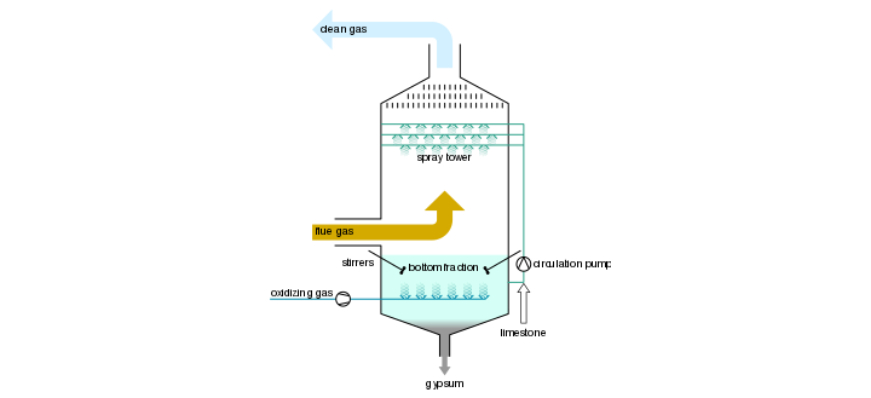- Home
- Flue Gas Desulfurization
Flue Gas Desulfurization

Maximizing Efficiency and Environmental Benefits with Flue Gas Desulfurization
Introduction
In today's rapidly evolving industrial landscape, the demand for environmentally sustainable practices has never been more pressing. Industries across the globe are actively seeking ways to mitigate their environmental impact while maintaining operational efficiency. One such solution gaining significant traction is Flue Gas Desulfurization (FGD).
What is Flue Gas Desulfurization?
FGD is a crucial process employed in industries, particularly power plants, to remove sulfur dioxide (SO2) emissions from exhaust gases produced during combustion. These emissions are a major contributor to acid rain and pose serious health and environmental risks.
How Does Flue Gas Desulfurization Work?
The process typically involves the use of wet scrubbers or other methods to react with the sulfur dioxide in the flue gas, converting it into sulfuric acid or other stable compounds. This effectively reduces the emission of harmful pollutants into the atmosphere.
Advantages of Flue Gas Desulfurization
Environmental Benefits
By implementing FGD technology, industries can significantly reduce their carbon footprint and contribute to cleaner air and water. The removal of sulfur dioxide emissions helps prevent acid rain, which can damage ecosystems, aquatic life, and infrastructure.
Regulatory Compliance
Stringent environmental regulations necessitate the adoption of technologies like FGD to ensure compliance with emissions standards. Investing in FGD not only helps industries meet regulatory requirements but also avoids potential fines and penalties.
Health and Safety
Reducing sulfur dioxide emissions has direct benefits for public health by improving air quality and reducing respiratory illnesses. By mitigating the harmful effects of air pollution, FGD plays a crucial role in safeguarding the well-being of communities surrounding industrial facilities.
Types of Flue Gas Desulfurization Systems
Wet Scrubbers
Wet scrubbers are among the most commonly used FGD systems. They utilize a wet limestone slurry to absorb sulfur dioxide from the flue gas, producing a byproduct known as gypsum. This byproduct can often be repurposed for various applications, further enhancing the sustainability of the process.
Dry Scrubbers
Dry scrubbers offer an alternative to wet scrubbers, employing sorbent materials such as lime or sodium bicarbonate to capture sulfur dioxide from the flue gas. While they require less water compared to wet scrubbers, dry scrubbers may have higher operating costs and produce waste that requires proper disposal.
Conclusion
Flue Gas Desulfurization represents a crucial step towards achieving environmental stewardship and sustainable industrial practices. By effectively reducing sulfur dioxide emissions, FGD technologies offer a viable solution for addressing air pollution and mitigating the impacts of climate change. As industries continue to prioritize environmental responsibility, the adoption of FGD systems will play an increasingly pivotal role in driving positive change.

